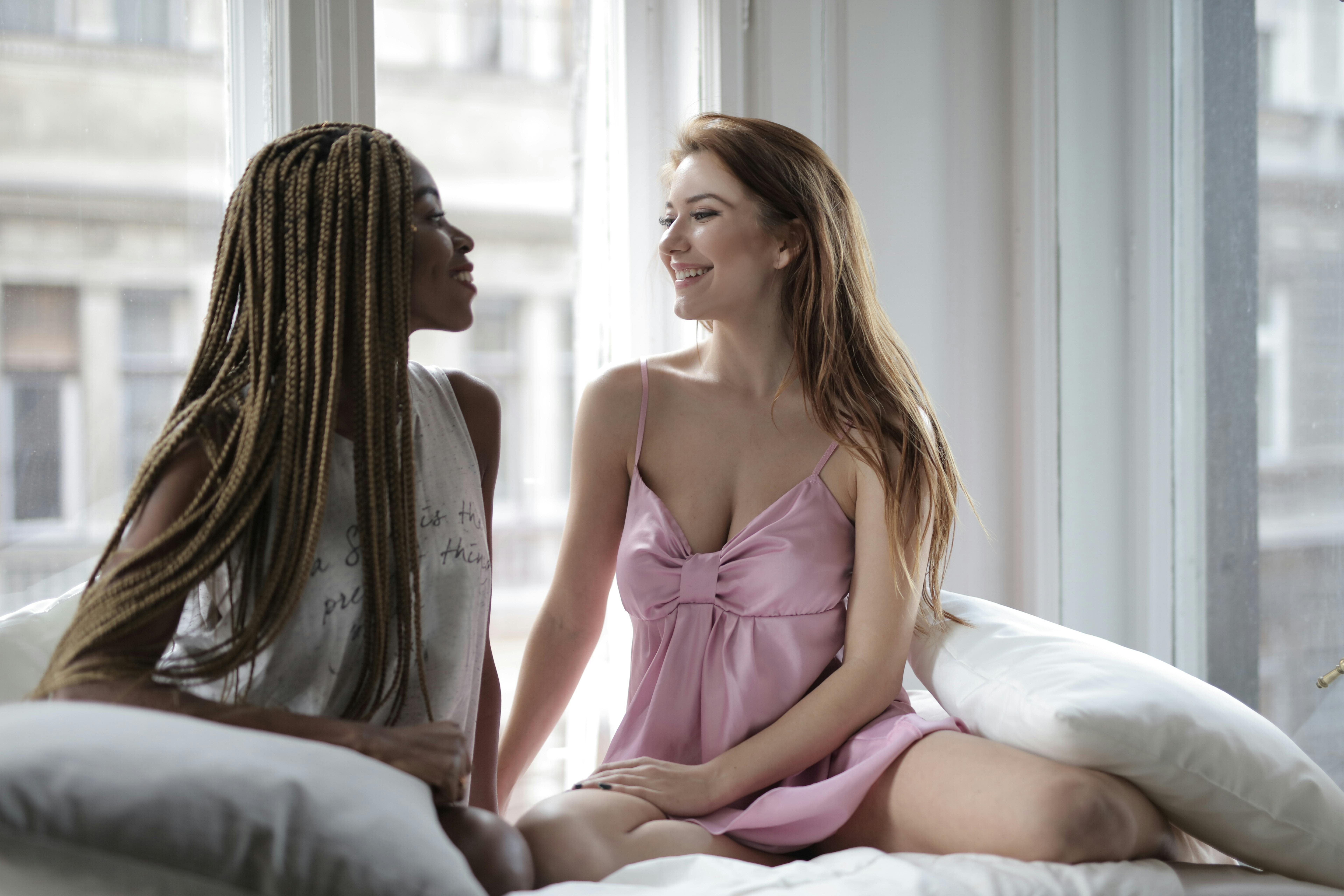8 quick tips to photograph your art the right way
As an artist (other than a photographer), you must take photographs of your art to submit your art digitally for exhibitions, presentations, and promotional purposes. We see many submissions from artists who have photographed their paintings and due to their carelessness the end result simply does not translate into what the artist originally intended. A good photograph of your art can make the difference between entering an exhibition or making that important sale. It’s worth taking the time to do this aspect of your art presentation the right way.
Here are some tips and advice to help you improve your art presentations the next time you photograph your art.
1. Photograph your art outdoors when it is cloudy or with a cloudy sky. Indirect light will show your art better than any other light. I prefer the artwork to face north when done. Shooting indoors with flash is very difficult to do the right way. Outside there is a “natural” light and it will provide the best representation of your art. Just make sure it’s indirect light.
2. Use a tripod or other device (boxes, table, or ladder) to hold the camera firmly.
3. Match the angle of the camera to the tilt of the art leaning against the wall and make sure the camera is focused on the exact center of the art. Do not use a “wide angle” lens. If you have a zoom lens, use it.
4. If possible, when shooting, do not have your art framed or with glass in the frame. It is very difficult to get away from the reflections in the glass. Also, if the art is unframed, this will help in post-production. If it’s framed with glass or plastic, make sure it’s squeaky clean.
5. Make sure the flash is off the camera. Otherwise the flash will produce “hot spots” in your art and there is practically nothing you can do about it.
6. When your art is leaning against the wall and you have focused your camera lens in the manner described above, what you should be aware of is any distortion of the art and that its edges are straight and parallel. In the viewer, match the edges of the art to the inside edges of the frame. If you can’t make it perfect, you can fix it in post.
7. If your camera has different settings like SLR, try different shutter speeds and ISO settings. Try to place the camera settings from highest to lowest and you should be able to produce an image somewhere in the middle of the settings that matches the depth and color of your art. Slower shutter speeds will help with your colors. Experiment with exposures and shutter speeds if you are doing this for the first time. Better yet, if you have a photographer friend, see if you can help them with this.
8. You will need photo editing software to crop the image to remove any distortion and lines that cannot be made exactly parallel. I also suggest that you remove the frame when cropping the image. Also, use editing software to balance colors and contrast. It will never be perfect, but you can get a fairly close representation of your art. Make sure to produce a jpeg image for the submission process, as this is the accepted standard.
In general, an image of your art will never be perfect, but with trial, error and experimentation you should be able to present your art in a better way than you previously did. Remember, you are competing with other artists who are sweating for this aspect of presenting their art, as they know how important it is. It’s time for you to take your art presentation to the next level. Good luck!
